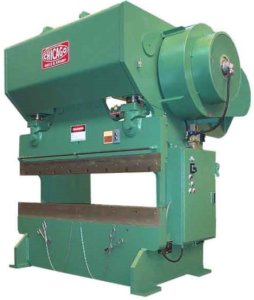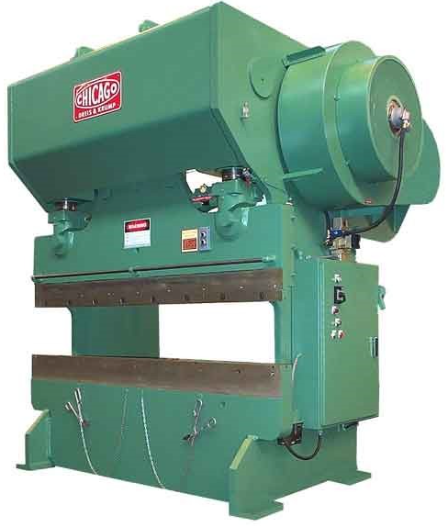One reason metal is a popular material is because it tends to be strong and durable. This does, however, make it more difficult to shape into the appropriate form.Sheet metal bending is how you force your metal to curve or fold, often into a “U” or “V” design. A press brake is generally the preferred piece of equipment for this process, but it can come in several different forms, suitable for different types of bending.

Types of metal bending
Air bending
Air bending is the type of metal bending involving the least physical contact. Your workpiece will touch the edges of the die, the punch and the tip, but not the “V” of the opening. It requires less weight than other forms, which may explain why it is the most common kind.
Bottom Bending
Bottom bending is between air bending and coinage in terms of tonnage. There is still no direct contact between the workpiece and the punch and die, but the radius is different to air bending. This is a relatively safe and accurate form of metal bending.
Coinage
More contact and a controlled angle lead to a high degree of accuracy and less spring back. This is a good technique for repeat identical results.
Types of press brake
Mechanical press brake
Not suitable for air bending, mechanical press brakes are fast and accurate, but can be difficult and dangerous to use.

CNC press brake
Extremely accurate, computer numerical control (CNC) press brakes can be used on everything from giant sheets of metal to pieces only a few millimetres across. Examples might include Euromac bending machines such as those available at cotswold-machinery-sales.co.uk/euromac-bending-machines/horizontal-bending-machines/.
Powered by fluids, hydraulic press brakes are some of the most precise, modern and high-tech forms.
Pneumatic press brake
For small pieces of metal or other situations that require less pressure, pneumatic press brakes are powered by air through a compressor.

